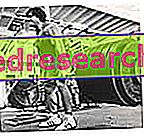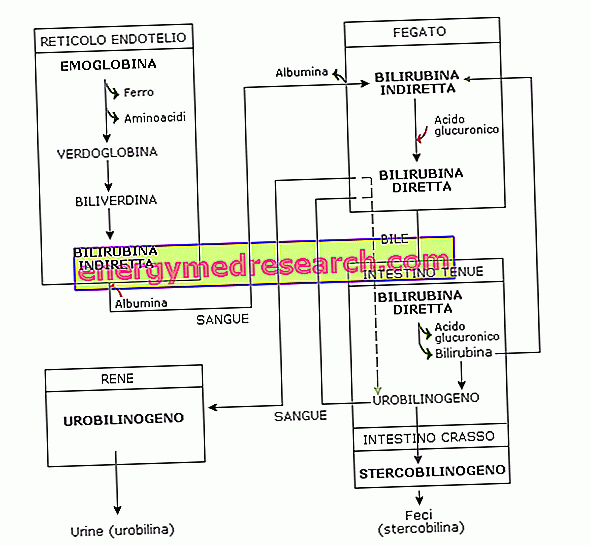By Dr. Antonio Parolisi
The importance of maximal muscle strength in athletes, to increase and reach high levels of muscle building
The stresses on the muscular and skeletal system and the relative accumulation of "metabolites" in the muscle, as well as a greater secretion of anabolic hormones, following short-medium-high intensity exercises, determine compensation adjustments that give rise to the phenomenon known as "hypertrophy".

Even inferior works, equal to 40-60% of 1RM, undoubtedly involve improvements in the cardiovascular system and in the musculoskeletal structure, as well as allowing a better perception of proprioception and the relationship of the body in space. These conditions increase the state of psychophysical well-being, provided that the exercise is practiced with scientific rigor and correctness of the movements, respecting the individual biomechanics.
To obtain, instead, a powerful, strong and robust structure, typical of athletes, it is essential to work at medium-high percentages of 1RM. Hence the need to increase muscle strength.
Force, by definition, is the physical quantity that tends to change the state of rest or motion of a body on which it acts.
The muscle's ability to manifest strength is provided by its fundamental property, namely contractility (ability to count). So it is a general phenomenon that can be produced at any intensity in a given exercise; the type of force required, however, in our specific case, is identified as "maximum force" and represents the value that expresses the activity of the neuromuscular system in the case of the maximum "voluntary" contraction.
An important point to clarify is that the maximum force does not represent the maximum capacity of the muscle to contract, but the maximum ability to recruit motor units under voluntary control . The maximum capacity of the muscle is identified, instead, as an "absolute" force, which represents the potential ability to express all the absolute strength possessed. It cannot be expressed only with recourse to the will and is always higher than the maximum force.
Representations of the absolute abilities of the muscular system are very rare, such as those observed in situations of fear and panic, in which "normal" people manage to lift enormous loads (like a car) to save a human life or their own skin. Often sedentary people with very thin structures are observed who have the ability to lift loads like a well-trained athlete, even if they confuse the squat with a brand of detergent and have never set foot in the gym. This is the classic case of "strong by nature": such individuals possess a capacity to recruit motor units for muscle contraction decidedly superior to that of the average man. If they had adequately trained, they would therefore have all the credentials to become great strength athletes.
The maximum strength training must be a fundamental component in an athlete's macrocycle because it allows, with its cycling, to gradually increase the ability to recruit motor units, then train with higher loads, which results in greater supercompensation from the charges imposed.
It is better to clarify immediately with a practical example: in any given period the maximum force expressed by a given muscle through tests for 1RM is, let's say, 100kg. The work done at 75% will therefore be 75 kg; this will lead to neuromuscular adaptations in relation to that precise training load.
Following a mesocycle dedicated entirely to the maximum force, a 130 kg 1RM is estimated; the work that can be carried out at 75% will be around 97kg, (22kg more!), which will bring different and superior adaptations to those obtained with 75 kg, with greater increases in terms of muscle construction, due precisely to the structure's need to adapt to a new solicitation given by the greater load.
The practice of force mesocycles determines a considerable increase in testosterone and growth hormone levels (a very coveted situation for "natural" athletes), due to the substantial stress on the proprioceptive system that triggers, with a feedback mechanism, conditions of defense against high loads, secreting a substantial amount of anabolic hormones in order to defend the body from the high stress condition to which the musculoskeletal and tendon system is subjected.
The training should be contained within 45-60 minutes, so as not to have an excessive production of "catabolic" hormones.
Many trainers, who carry out the planning of programs for athletes with a scientific character, are well aware of the importance of periodizing training alternating between mesocycles of maximum strength, hypertrophy, stability and above all rest. An example of structuring on an annual basis for increasing strength and muscle growth is shown in the following diagram:
1st mesocycle : 2 weeks of anatomical adaptation for connective structures with 55-75% 1RM loads 4 weeks of work dedicated to maximum force with 85-100% 1RM loads integrated into Functional Training; 2nd mesocycle : 6 weeks of work aimed at growth with loads of 75-80% 1RM and at Functional Training 3rd mesocycle: 1 week of rest and 5 weeks of work dedicated to maximum force with 85-100% 1RM loads integrated into Functional Training; 4th mesocycle: 6 weeks of work aimed at growth with loads of 75-80% 1RM and at Functional Training 5th mesocycle : 2 weeks of rest or active recovery (light activity) 4 weeks of work dedicated to maximum strength with 85-100% 1RM loads integrated into Functional Training; 6th mesocycle: 6 weeks of work aimed at growth with loads of 75-80% 1RM and at Functional Training; Rest |
From the diagram we see how the strength training should be repeated with a constant cycling throughout an entire macrocycle on an annual basis, but this should also be done on a biennial basis. It should also be noted that in every mesocycle there is always the presence of Functional Training, which allows the training of those stabilizing muscles that find great commitment during the lifting of large loads, precisely because of their function as joint fixators.
Second part "
Double pyramid for maximum strength »



